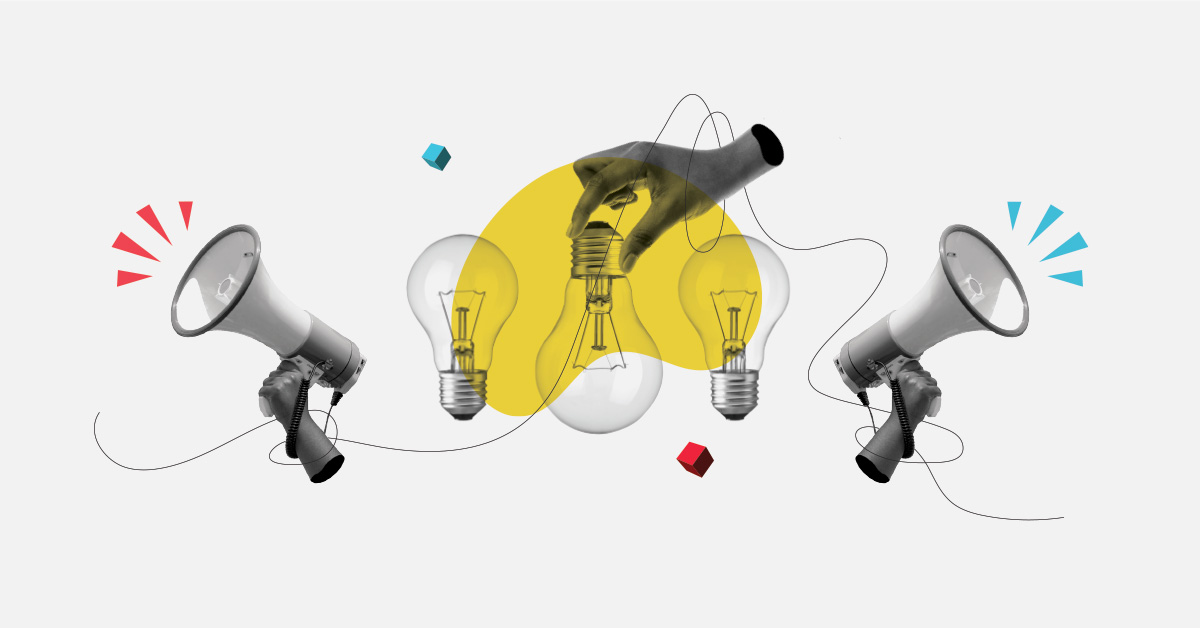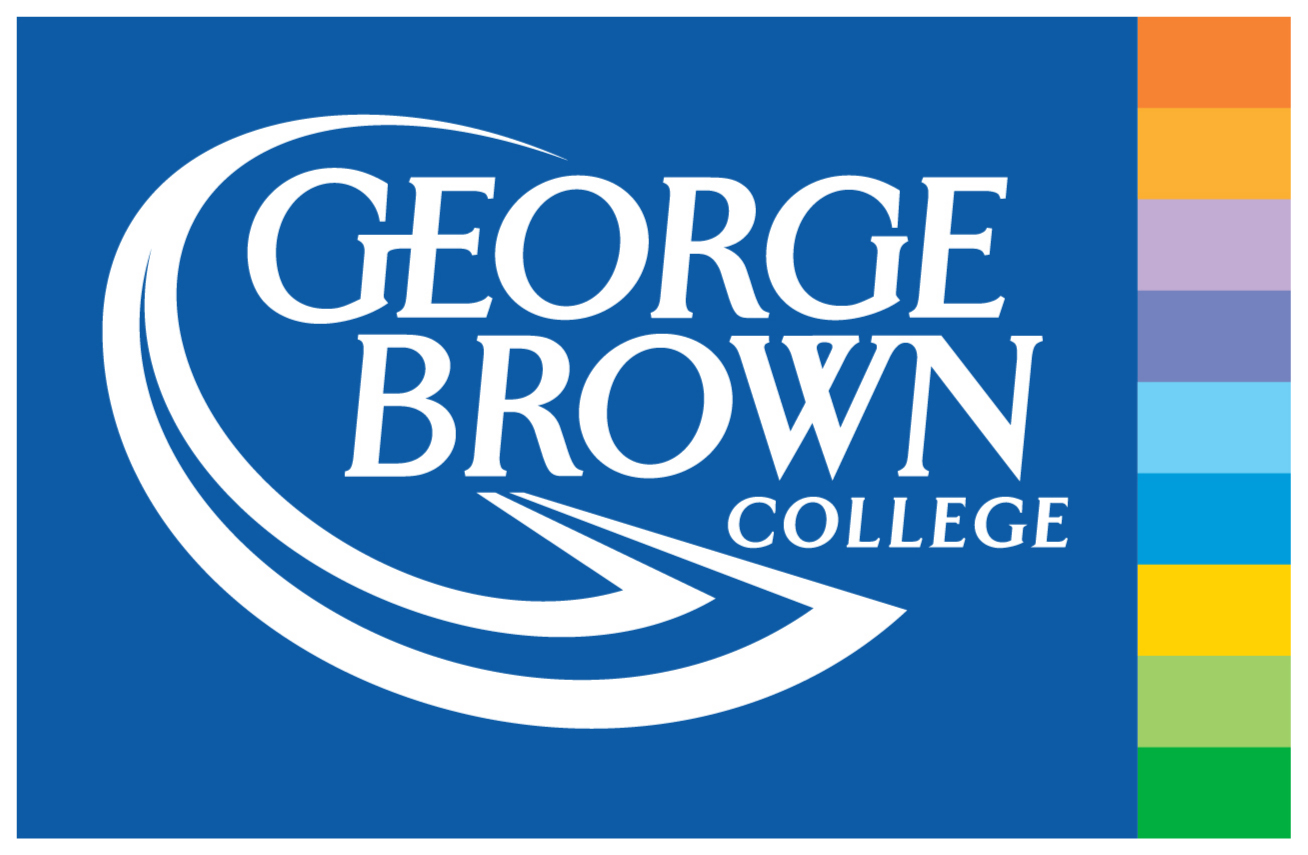Showing very small children how to use a tool that was invented after you started teaching is not easy. How to do it in a way that advances learning while using the full range of what the tool has to offer is a challenge for the researchers who are studying the best uses of the tablet computer.
Tablets weren’t available when today’s crop of early childhood educators and kindergarten teachers did their training. As a result, they don’t know how to help students use tablets effectively, according to Monica McGlynn-Stewart, of George Brown College’s Centre for Early Childhood Development.
Nor does anyone else, judging by the lack of research on the topic, said McGlynn-Stewart, principal investigator on a project called “Toys or tools? Using tablet computers for open-ended literacy learning.” If you accept that computers will continue to change the way we live, it only makes sense to adapt teaching to use digital technology from the earliest years, she explained. The goal of her project is to explore effective ways to do that. “We have to figure out the way to use it to help children become resourceful, creative, critical problem solvers.”
Toys or tools is one of 27 projects funded by the Social Sciences and Humanities Research Council through its Community and College Social Innovation Fund. It’s a partnership between George Brown and the Peel District School Board, where McGlynn-Stewart is working with researcher and instructional coach Tiffany MacKay. Three tablet computers have been introduced in each of the 14 classrooms in both Peel Region and several of George Brown’s “lab schools” (which offer early learning and care to infants through to full-day kindergarten children while training college students).
One advantage to computers in the classroom is they may level the playing field. Many children are taught to use technology at home. Others may never do more than play a game on a phone. In later grades, when they need to put together a project or do research, some children (usually those already disadvantaged) will be left behind.
The tablets in the project run an app called 30 Hands. It has many functions but no content — the children are not watching cartoons. Instead, it makes the tablet another tool (or toy), like crayons or modelling clay. They can draw pictures right on it, or take photos or make videos and sound recordings of their stories, observations and plans. A child might, for instance, make a model in clay, then make a video tape of it, describing what they made and why. That is reflective learning, and it’s a cornerstone of effective learning at every level.
Classroom educators are supported in the project by George Brown students, who visit weekly to troubleshoot, and share ideas from the other classrooms they visit. The researchers also observe classrooms regularly, to see how tablets are deployed and answer questions. Focus group meetings give the educators opportunities to get together and talk about what is working, or not, in their classes.


